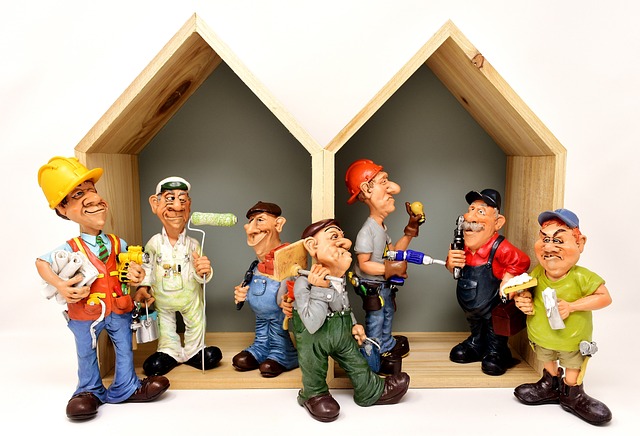Detailed Guide to DIY Home Improvement
Diy home improvement can be a fun and rewarding experience. Not only can it save you money, but it can also give you a sense of accomplishment and pride in your home. With a few simple tools and some basic knowledge, you can tackle a variety of projects and upgrade your living space.
Benefits of DIY Home Improvement
There are many benefits to DIY home improvement. Some of the most significant advantages include:
- Saving money: By doing the work yourself, you can avoid hiring contractors and save thousands of dollars on labor costs.
- Increasing property value: DIY home improvement projects can increase the value of your property and make it more attractive to potential buyers if you ever decide to sell.
- Customization: With DIY home improvement, you can tailor your projects to your specific needs and tastes, creating a space that is uniquely yours.
- Personal growth: Taking on DIY home improvement projects can be a fun and challenging way to learn new skills and build confidence.
DIY Home Improvement Projects for Beginners
If you’re new to DIY home improvement, it’s best to start with simple projects that require minimal tools and expertise. Here are a few ideas:
- Painting: Painting is a simple and effective way to update the look of your home. Choose a new color and grab a roller and some paint, and you’re ready to go.
- Building a planter box: Planter boxes are a great way to add some curb appeal to your home and can be built with basic tools and materials.
- Replacing lighting fixtures: Outdated lighting fixtures can make your home look old and worn out. Replacing them with new ones is a simple and inexpensive way to update your space.
- Creating a DIY headboard: A DIY headboard can add a touch of elegance and style to your bedroom. You can make one using reclaimed wood or old pallets.
DIY Home Improvement Projects for Intermediate Level
Once you’ve gained some experience with DIY home improvement, you can move on to more complex projects. Here are a few ideas:
- Building a deck: Building a deck can be a challenging but rewarding project. It requires some carpentry skills and knowledge of building codes, but the end result is well worth it.
- Tiling: Tiling can be a bit tricky, but with the right tools and materials, you can achieve professional-looking results. Start with a small area, such as a bathroom or kitchen backsplash, and work your way up to larger projects.
- Installing shelves: Installing shelves can be a great way to add storage and visual interest to your home. You can use a variety of materials, including wood, metal, and glass.
- Creating a DIY outdoor kitchen: An outdoor kitchen can be a fantastic addition to your home, perfect for entertaining and cooking. You can build one using a variety of materials, including stone, brick, and wood.
DIY Home Improvement Safety Tips
When it comes to DIY home improvement, safety is essential. Here are a few tips to keep in mind:
- Always wear protective gear, including gloves, safety glasses, and a dust mask.
- Use the right tools for the job, and make sure they’re in good condition.
- Follow instructions carefully, and take your time when working on a project.
- Avoid working on electrical or plumbing projects unless you’re experienced and confident in your abilities.
Conclusion
Diy home improvement can be a fun and rewarding experience, but it’s essential to approach projects with caution and common sense. By following basic safety tips and starting with simple projects, you can build your skills and confidence and tackle more complex tasks. Whether you’re a beginner or an experienced DIYer, there’s always room to learn and grow, and with a little creativity and hard work, you can create a beautiful and functional living space that reflects your unique style and personality.



